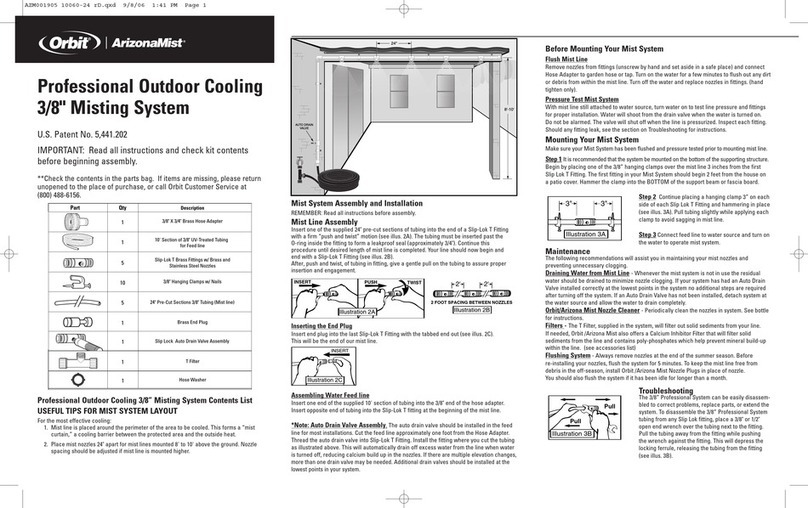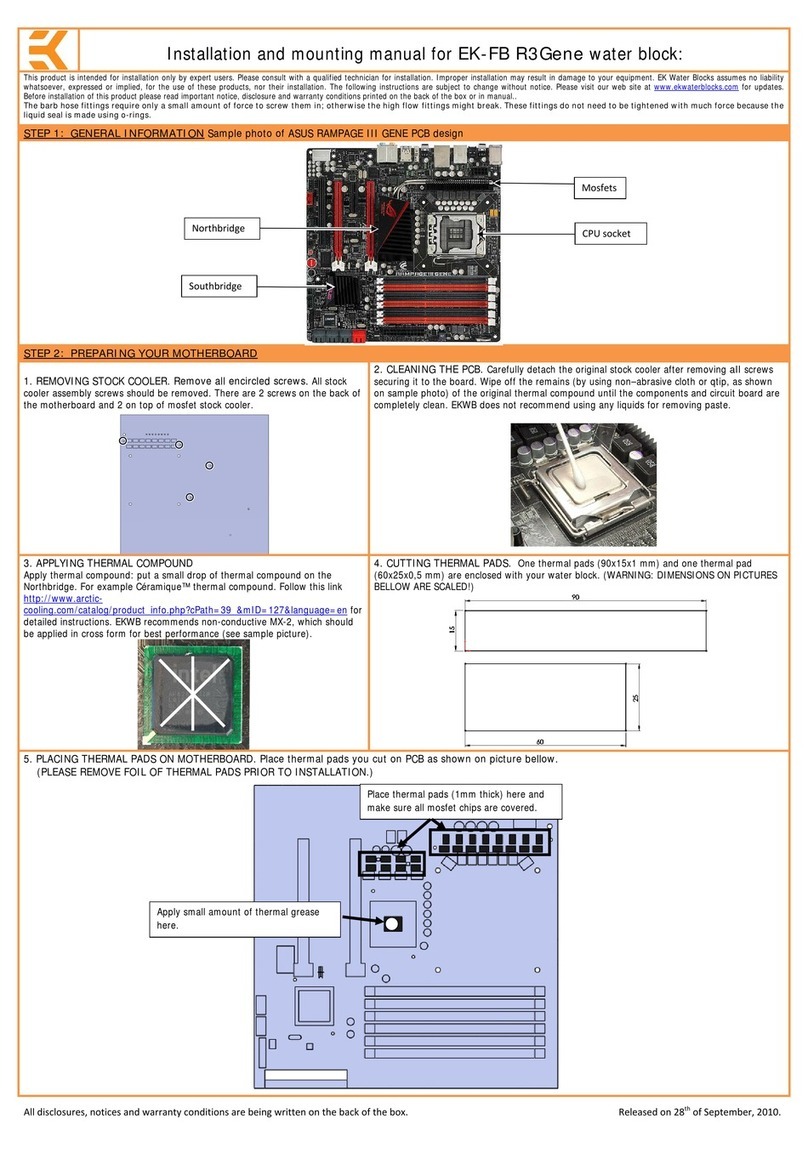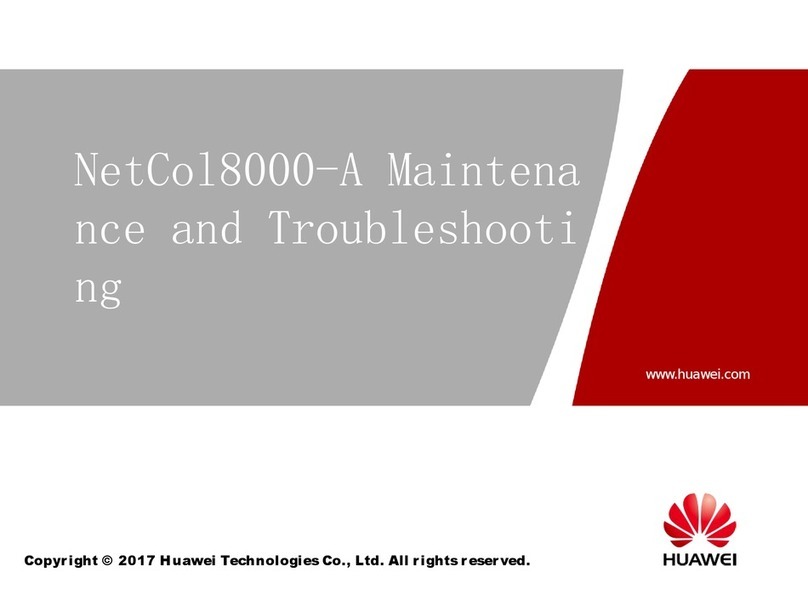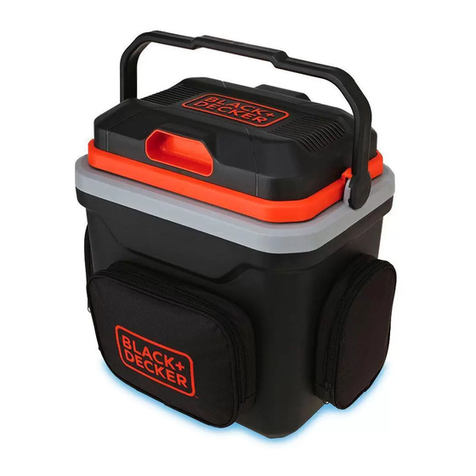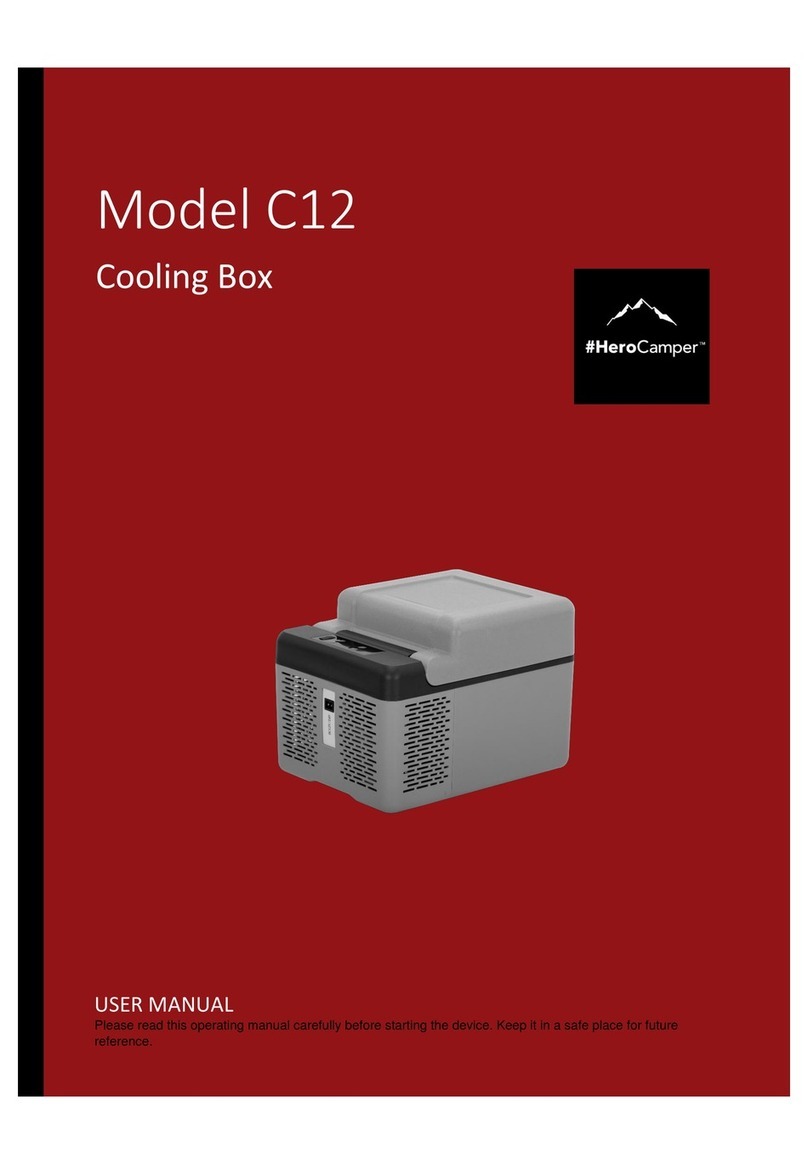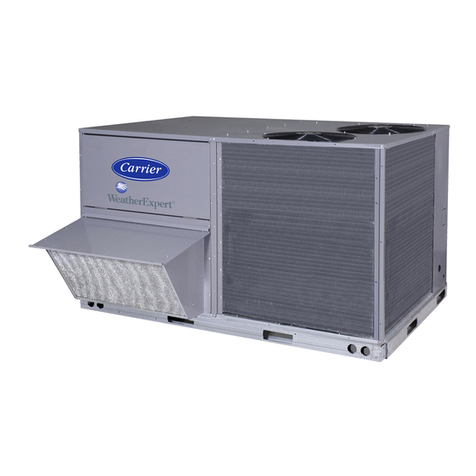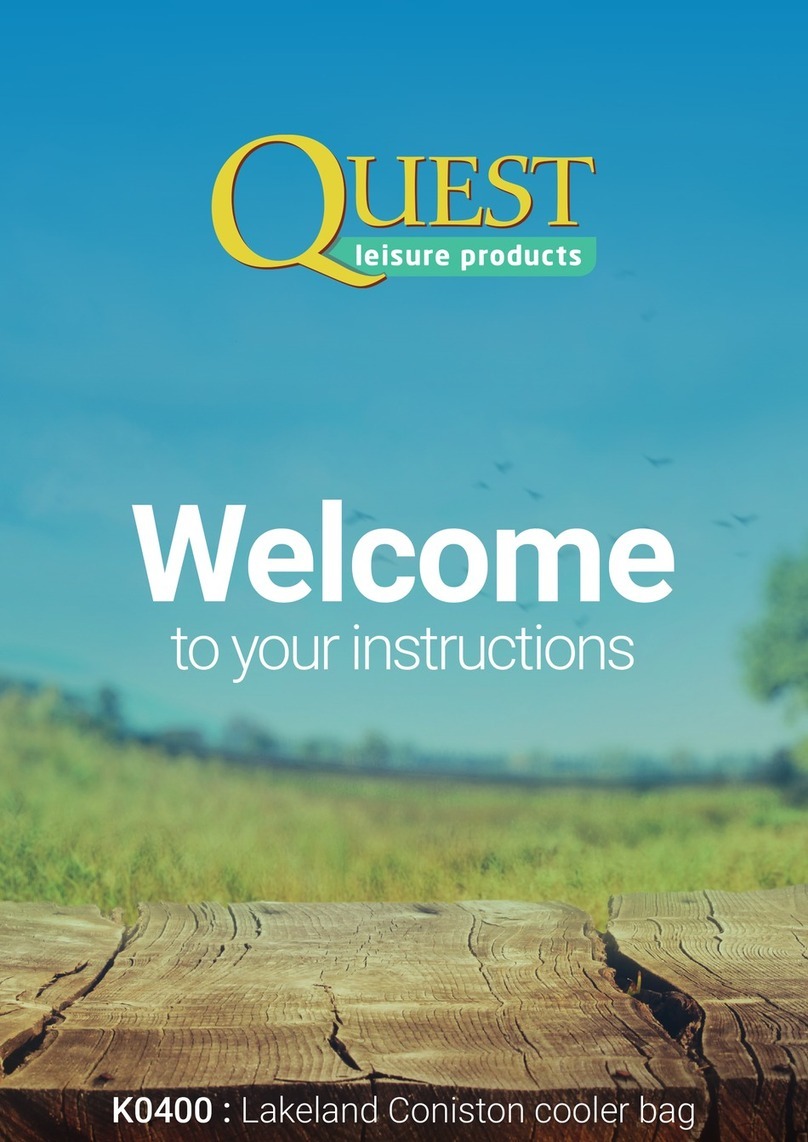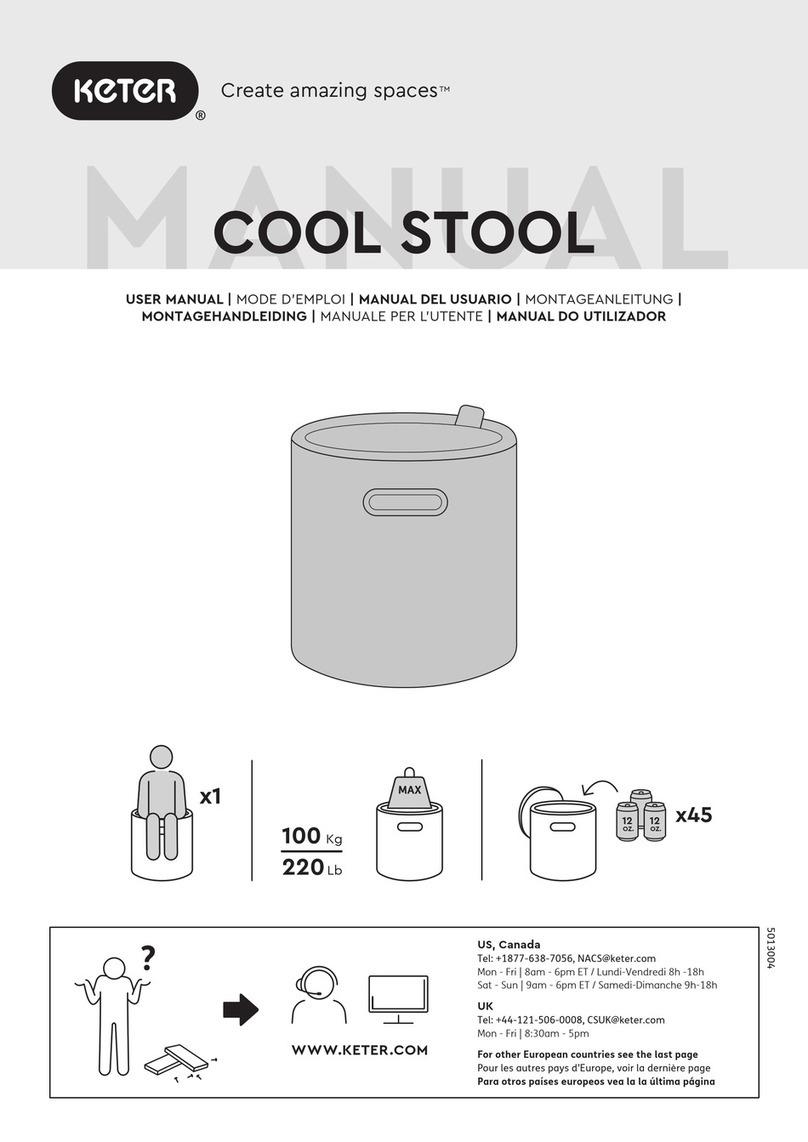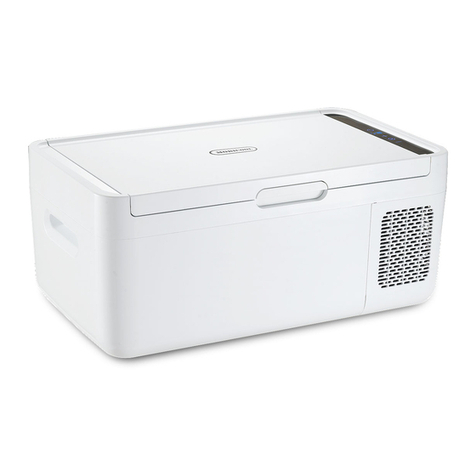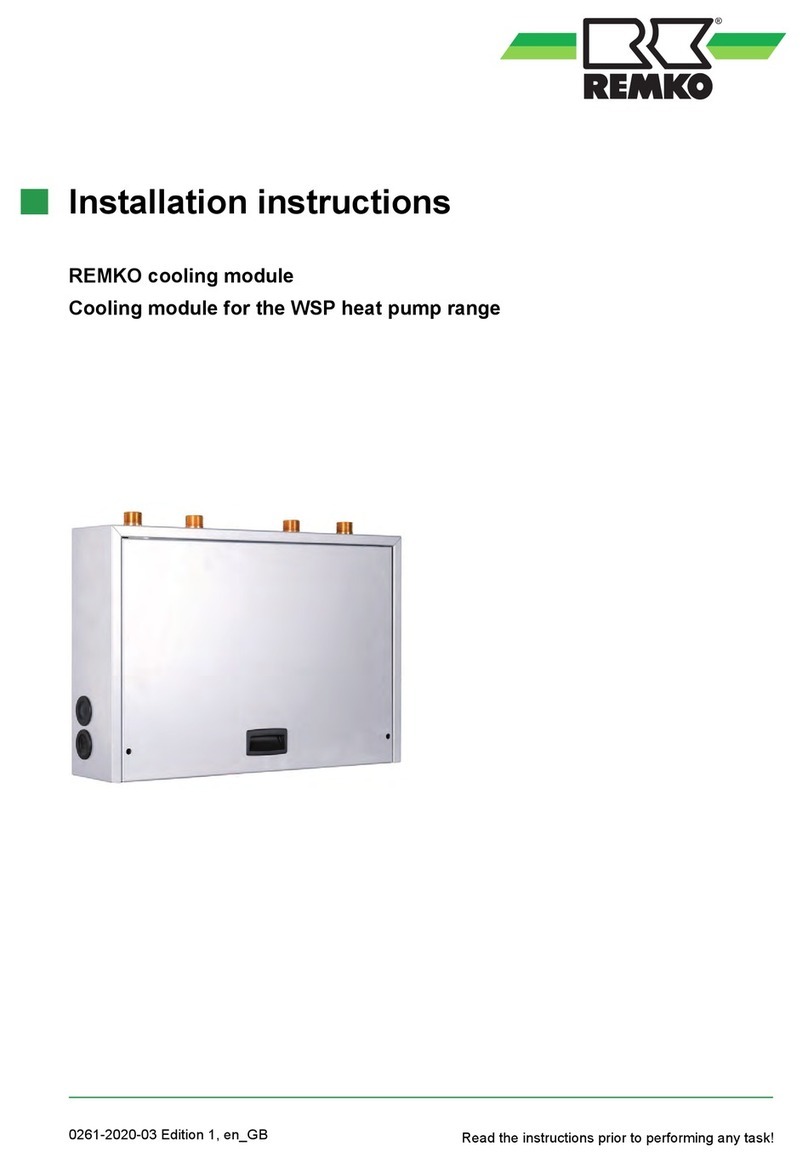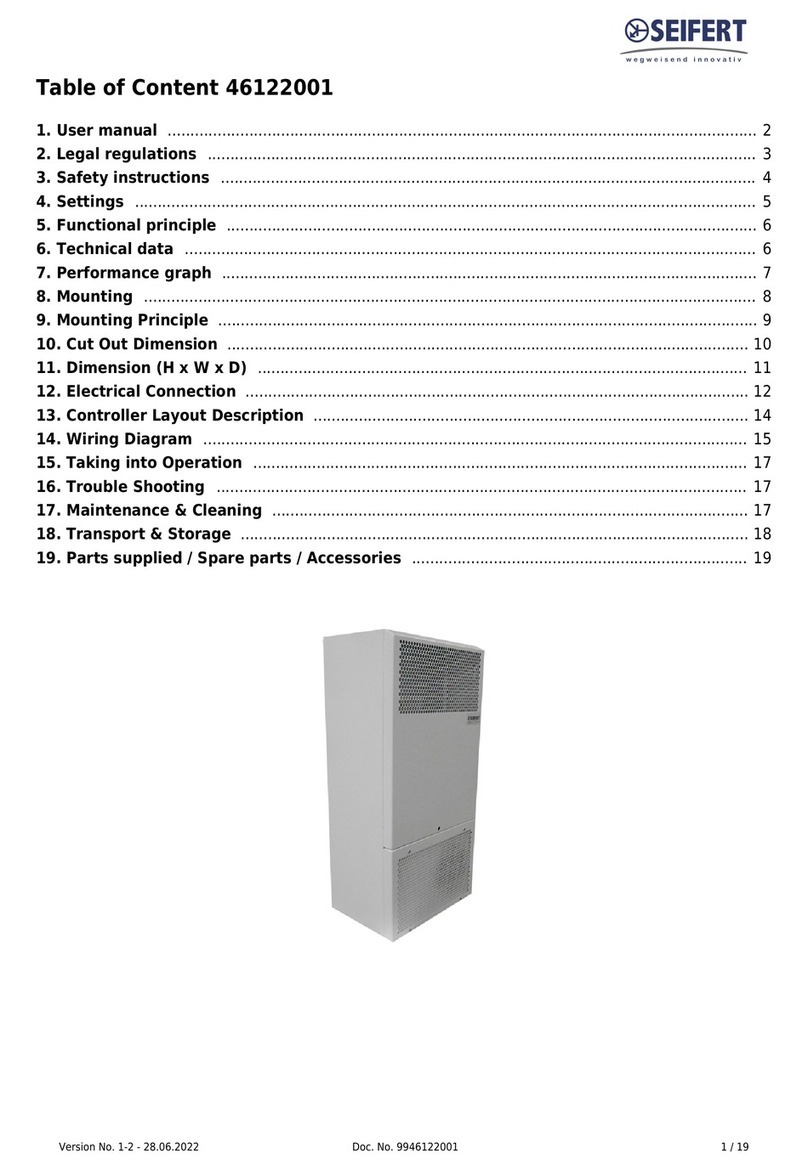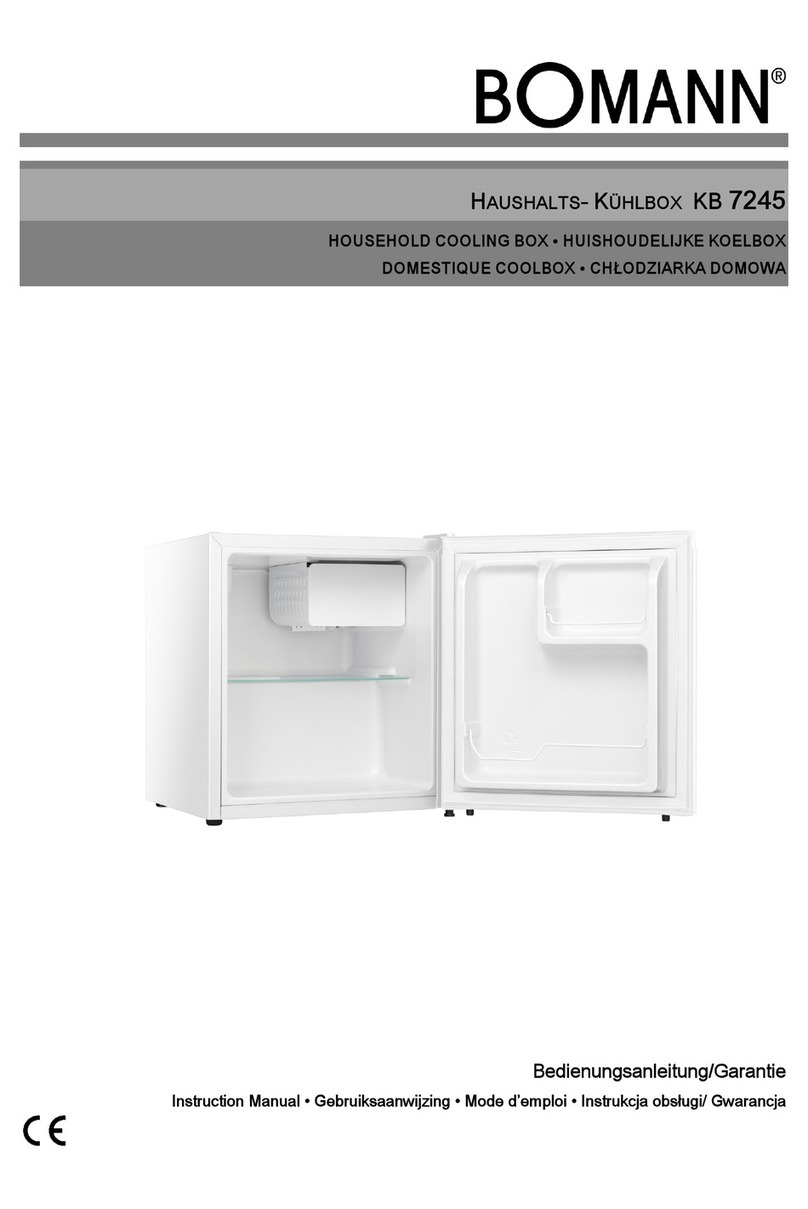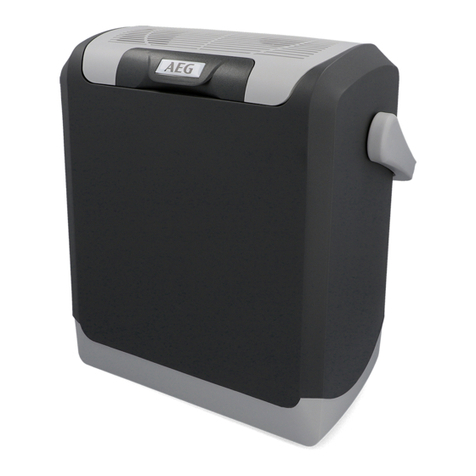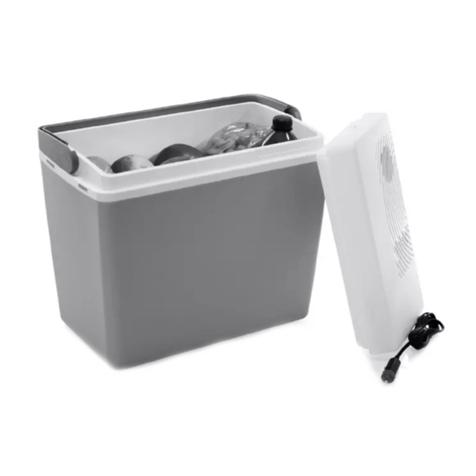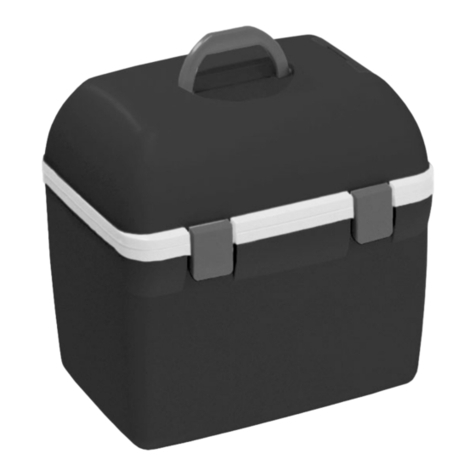
10
INSTALLATION
Jobsite Survey
Complete the following checks before installation.
1. Consult local building codes and the NEC (National Elec-
trical Code) ANSI/NFPA 70 for special installation
requirements.
2. Determine unit location (from project plans) or select unit
location.
3. Check for possible overhead obstructions which may inter-
fere with unit lifting or rigging.
Step 1 — Plan for Unit Location
Select a location for the unit and its support system (curb or other)
that provides for the minimum clearances required for safety. This
includes the clearance to combustible surfaces, unit performance
and service access below, around and above unit as specified in
unit drawings. See Fig. 4.
NOTE: Consider also the effect of adjacent units.
Be sure that unit is installed such that snow will not block the
combustion intake or flue outlet.
Unit may be installed directly on wood flooring or on Class A, B,
or C roof-covering material when roof curb is used.
Do not install unit in an indoor location. Do not locate air inlets
near exhaust vents or other sources of contaminated air. For proper
unit operation, adequate combustion and ventilation air must be
provided in accordance with Section 5.3 (Air for Combustion and
Ventilation) of the National Fuel Gas Code, ANSI Z223.1 (Ameri-
can National Standards Institute) and NFPA (National Fire Protec-
tion Association) 54 TIA-54-84-1. In Canada, installation must be
in accordance with the CAN1-B149 installation codes for gas
burning appliances.
Although unit is weatherproof, avoid locations that permit water
from higher level runoff and overhangs to fall onto the unit.
Locate mechanical draft system flue assembly at least 4 ft (1.2 m)
from any opening through which combustion products could enter
the building, and at least 4 ft (1.2 m) from any adjacent building
(or per local code). Locate the flue assembly at least 10 ft (3.05 m)
from an adjacent unit’s fresh air intake hood if within 3 ft (0.91 m)
of same elevation (or per local code). When unit is located adja-
cent to public walkways, flue assembly must be at least 7 ft
(2.1 m) above grade.
Select a unit mounting system that provides adequate height to
allow installation of condensate trap per requirements. Refer to
Install External Condensate Trap and Line on page 19 for re-
quired trap dimensions.
ROOF MOUNT
Check building codes for weight distribution requirements. Unit
operating weights are shown in Table 2.
Step 2 — Plan for Sequence of Unit Installation
The support method used for this unit will dictate different se-
quences for the steps of unit installation. For example, on curb-
mounted units, some accessories must be installed on the unit be-
fore the unit is placed on the curb. Review the following for rec-
ommended sequences for installation steps.
CURB-MOUNTED INSTALLATION
1. Install curb
2. Install field-fabricated ductwork inside curb
3. Install accessory thru-base service connection package
(affects curb and unit) (refer to accessory installation instruc-
tions for details)
4. Prepare bottom condensate drain connection to suit planned
condensate line routing (refer to Step 12 on page 19 for
details)
5. Rig and place unit
6. Install outdoor air hood
7. Install flue hood
8. Install gas piping
9. Install condensate line trap and piping
10. Make electrical connections
11. Install other accessories
PAD-MOUNTED INSTALLATION
1. Prepare pad and unit supports
2. Check and tighten the bottom condensate drain connection
plug
3. Rig and place unit
4. Convert unit to side duct connection arrangement
5. Install field-fabricated ductwork at unit duct openings
6. Install outdoor air hood
7. Install flue hood
8. Install gas piping
9. Install condensate line trap and piping
10. Make electrical connections
11. Install other accessories
FRAME-MOUNTED INSTALLATION
Frame-mounted applications generally follow the sequence for a
curb installation. Adapt the sequence as required to suit specific
installation plan.
Step 3 — Inspect Unit
Inspect unit for transportation damage. File any claim with trans-
portation agency.
Confirm before installation of unit that voltage, amperage and cir-
cuit protection requirements listed on unit data plate agree with
power supply provided.
On units with hinged panel option, check to be sure all latches are
snug and in closed position.
Locate the carton containing the outside air hood parts. Do not
remove carton until unit has been rigged and located in final
position.
Step 4 — Provide Unit Support
ROOF CURB MOUNT
Accessory roof curb details and dimensions are shown in Fig. 4.
Assemble and install accessory roof curb in accordance with in-
structions shipped with the curb.
Table 2 — Operating Weights
48HC-- UNIT lb (kg)
04 05 06
Base Unit 505 (229) 590 (268) 600 (272)
Economizer
Vertical 50 (23) 50 (23) 50 (23)
Horizontal 80 (36) 80 (36) 80 (36)
Humidi-MiZer® System 27 (10) 34 (13) 34 (13)
Cu Fins 25 (11) 43 (20) 56 (25)
Powered Outlet 32 (15) 32 (15) 32 (15)
Curb
14-in. (356 mm) 110 (50) 110 (50) 110 (50)
24-in. (610 mm) 145 (66) 145 (66) 145 (66)
Downloaded from ManualsNet.com search engine

